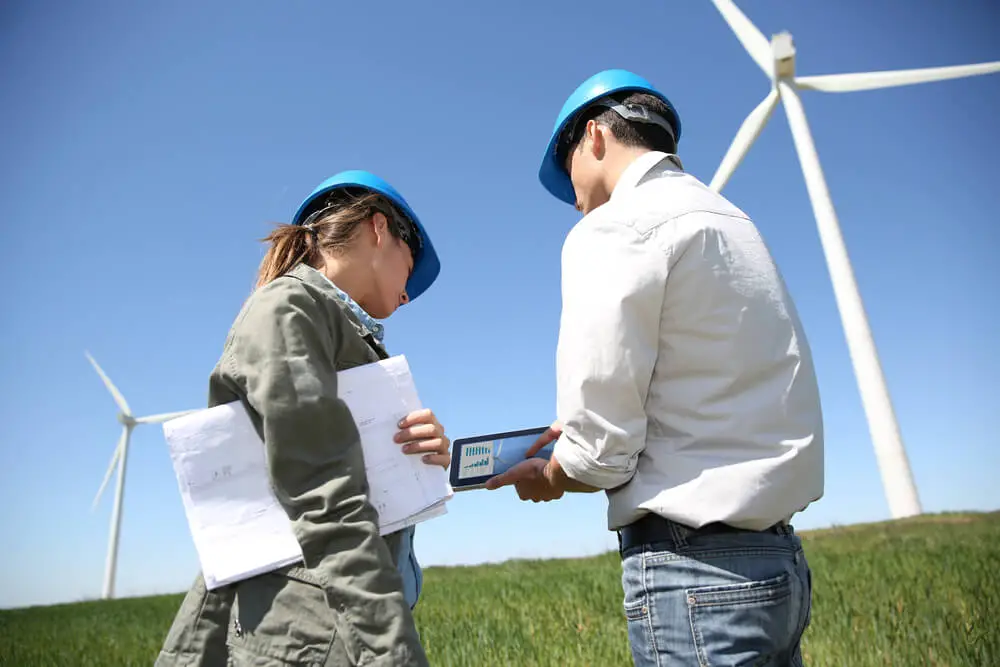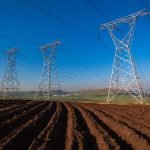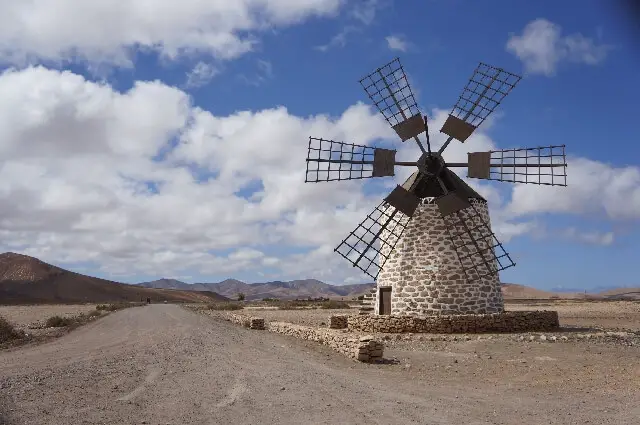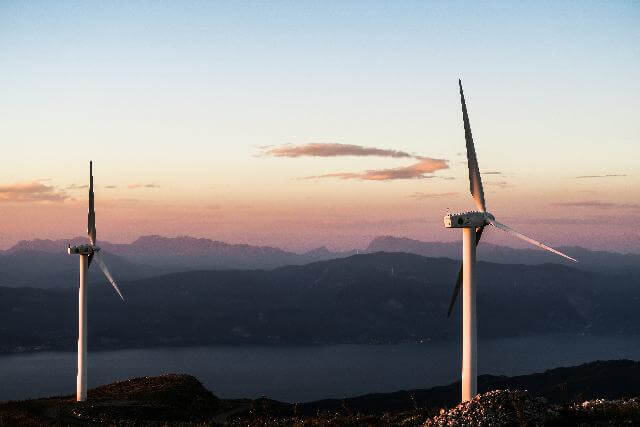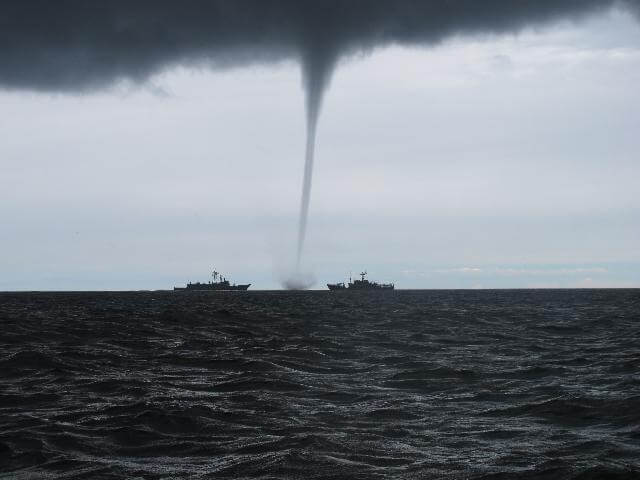With the exponential growth of renewable energy over the years, wind has become a reliable source of electricity for sure.
A lot of eco-conscious people are advocating for more wind turbine installation around the world.
But can wind turbines be placed anywhere? A wind turbine can be placed nearly anywhere since there are no limits to where wind energy can reach.
However, it does well in less populated areas like mountains, onshore fields, and offshore inside the ocean.
Let’s find out more about this.
Can Wind Turbines Be Built Anywhere
Yes, wind turbines can be built anywhere around the globe.
Bear in mind that wind is nothing but moving air, so there’s no limit to where wind energy can reach.
That’s why wind turbines are everywhere you go and look.
From residential areas to large wind farms, you’ll find thousands of machines that channel wind power to generate energy that’s distributed to millions of households in every corner.
For instance, in the US, there are large wind farms located in Texas.
These wind plants, like Capricorn, hold a wind energy capacity of 662 megawatts with allowed 400 wind turbines.
Given how clean and safe wind energy is as compared to fossil fuels, it’s not a surprise to find wind turbines everywhere in the near future.
What is the Best Geographical Location for Wind Turbines?
Although wind turbines are everywhere, the machines do better in certain geographical areas than others.
The location must receive offshore wind. These are best-suited areas for wind turbines and farms;
- Unpopulated areas that receive frequent, sustained winds
- Areas that accommodate the facility like elevation height
- Less crowded areas where noise pollution won’t bother humans
- Coastline/Offshore wind farms
- Locations dominated by polluting sources of electricity generation
- Mountains
The Best Places to Put Wind Turbines to Produce Electricity
Unpopulated areas where the wind blows
Wind turbines are set in areas where the wind blows.
Wind speed is an obvious factor that determines the amount of wind to be generated.
Since these locations are less inhabited, there are no obstacles like large structures, houses, trees, and more.
So, expect the wind to blow at high speeds.
In the US, the fast speeds occur along the Gusty Great Plans (area between the Midwest and West Coast).
You’ll hardly come across any wind farm on the East Coast.
Areas that can accommodate the facility
Physically, the site should be able to accommodate more wind turbines.
When setting a wind farm project, consider the amount of space available for the equipment and tools.
It’s important to study the slope’s structural stability, notwithstanding the proximity to nearby interconnection points.
The idea of adding new machines in the future is another concern.
Meaning the areas should allow future expansion.
Less crowded areas where noise pollution won’t bother humans
Wind energy is clean, safe, and eco-friendly.
Humans need to feel comfortable in places that are free from noise pollution.
Wind turbines, however, do produce lots of noise that can result in greater health benefits.
There are stringent air pollution regulations in some areas like California.
Some wind farm companies shouldn’t place their plants in populated areas.
States like Ohio, Pennsylvania, and West Virginia have suffered this in the past.
Coastline/Offshore wind farms
Wind turbines need an uninterrupted and unchanging flow of air to work effectively.
That means there should be no obstructions nearby – at least 150 meters away is enough.
More power is generated on the open seas than on land.
Offshore wind power produces tons of megawatt, forcing many countries to move from fossil fuel electricity generation.
In such areas, a wind turbine can stand around 650 feet tall.
Put simply, the electricity produced can cover many households for a day.
Locations dominated by polluting sources of electricity generation
Many governments are encouraging setting up wind farms or solar panels in areas where pollution sources of power generation dominate.
Energy sources like coals and fossil fuels contribute to a high account of carbon dioxide globally, hence climate change.
The greenhouse gases aren’t eco-friendly as it interferes with our ecosystem.
To get rid of these sources, wind energy is truly the best alternative.
It has fewer impacts on the environment if set in the right place.
Mountains, existing farms, and ranches
Other best places for wind turbines are mountains, open plains, and at the top of rounded hills. These areas produce strong and reliable wind.
For your project to be worthwhile, you need a wind speed of not less than 25km/h.
In some parts of the United States and Asian countries, wind firms are predominantly located on top of the hills – the main goal is to take advantage of natural winds.
Also, existing ranches and farms serve as great areas to build wind turbines.
Many of these areas are wind-bound, and this can benefit the economy of such rural areas.
Ranchers and farmers can continue using the rest of the land since wind turbines use only a portion of land.
Will Wind Turbines be Everywhere in Future?
The simple answer is yes. As renewable energy technology continues to grow, wind farms are increasingly becoming common along fields, hills, mountains, and coastlines.
Wind is abundant and free. Besides, the power produced is healthy, clean, and safe.
This means that the technology is cost-effective as compared to fossil fuels.
Remember that fossil fuels require oil, coal, and natural gas for it to function.
The truth is the maintenance and operation costs are very high.
The only cost comes in for equipment, tools, and setting up the turbines.
People are setting up wind turbines on the roof to get enough power for their homes.
According to the United States Geological Survey, we’ve 57,000 wind turbines throughout the country, both on offshore and land.
There’s a possibility that this number will rise in the coming days.
Of course, there are pros that come with wind energy:
- A good eco-alternative to coal and fossil fuels
- It’s cost-effective
- The technology has fewer impacts on the environment – global warming
- Wind is a clean fuel source
- It’s sustainable
With all these, wind turbine installation will keep growing each year.
In many countries, renewable energy is competitive, and that’s the reason behind its bigger impulse all over the world.
A Map that Shows the Best Locations for Wind Power
Digital maps are essential in giving a general overview of:
- Information about land use
- Wind resources
- Data about transmission lines
- Provide confidence in the entire data of a wind project
Mesomap is a good example. It shows satellite, terrain, speed data, hybrid and more.
It’s mainly for wind forecasting and uses past atmospheric data to provide descriptive statistics.
So, it presents its data through histogram, maps of wind energy potentials, the height of sites and regions.
Conclusion
Wind is a green source of energy that’s growing each year.
Today, the global capacity of wind energy has increased, reaching over 540 GW.
The fact that wind energy comes with many benefits, we expect to see wind turbines everywhere in the future.
